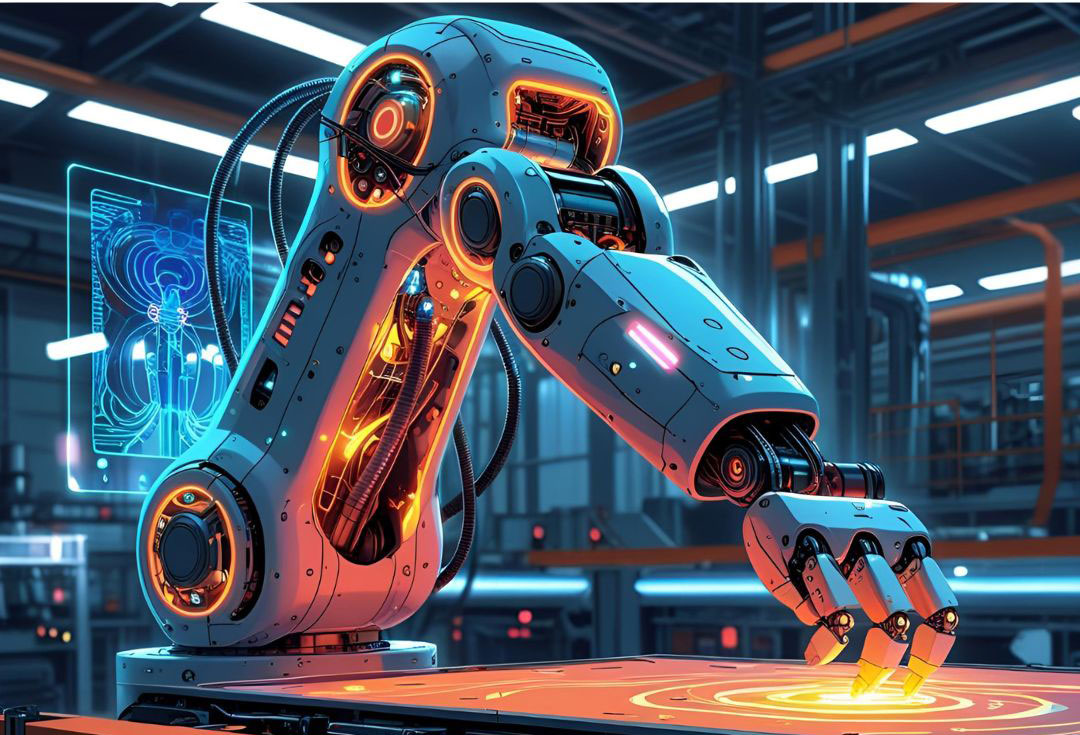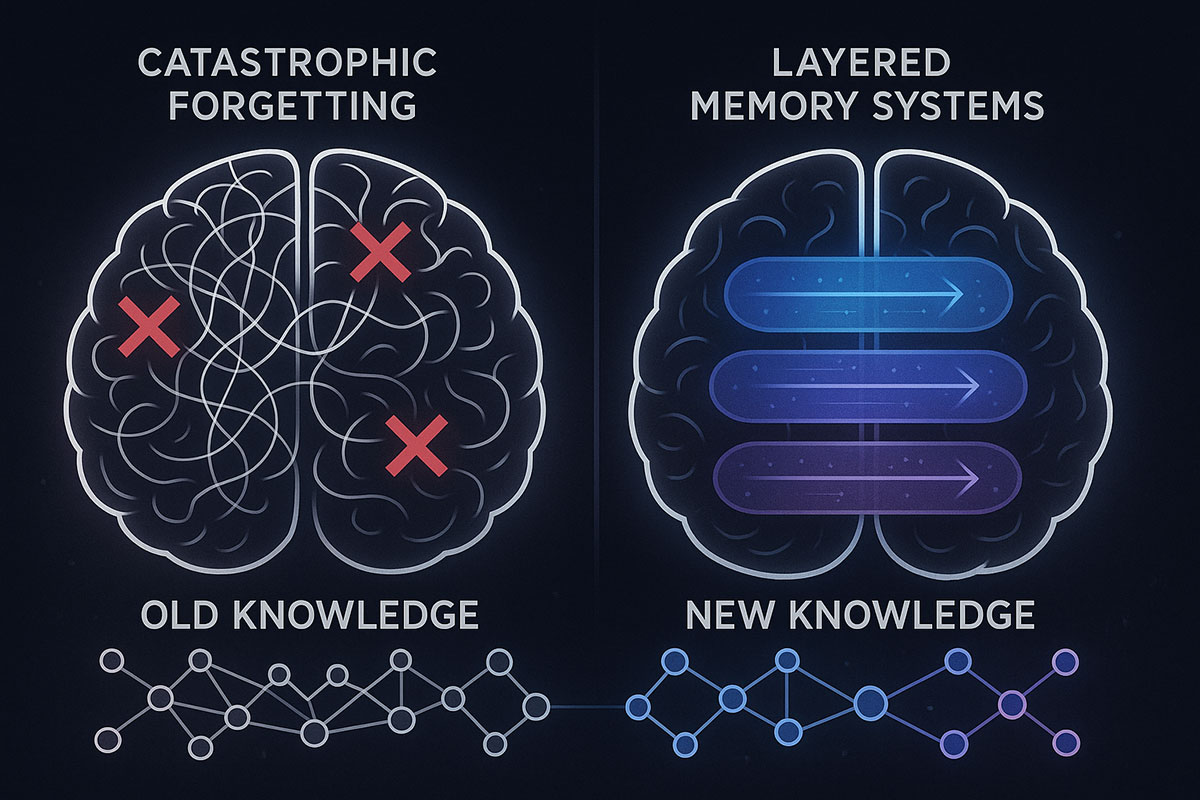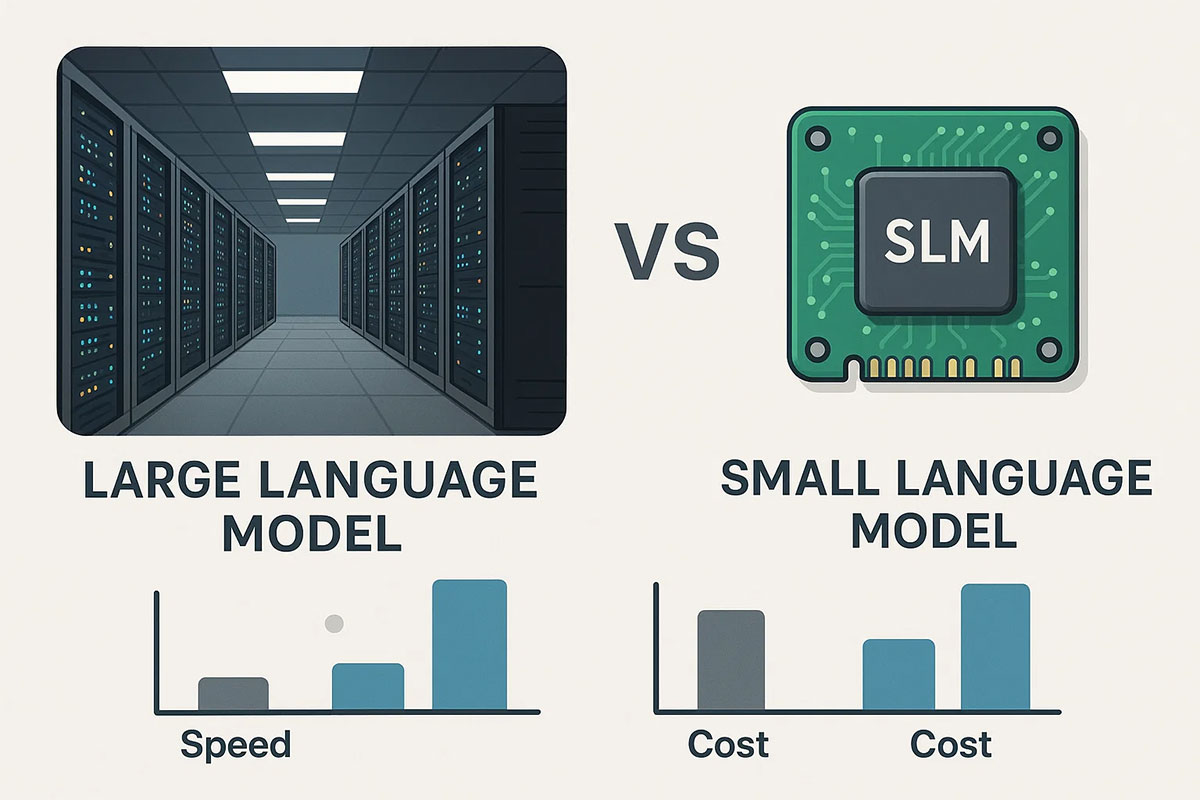How Reinforcement Learning Is Powering the Next Generation of Robotics
Reinforcement learning (RL) is more than a research curiosity—it’s now at the heart of industrial robots, autonomous vehicles, and adaptive control systems. Here’s how RL is changing robotics in 2025.
TrendFlash

Introduction: Robots That Learn by Doing
For centuries, humans built machines that followed explicit instructions. Pour concrete at 45-degree angle. Move arm to coordinates (X,Y,Z). The 21st century is different. In 2025, reinforcement learning (RL) enables robots to learn optimal behaviors through interaction with environments, discovering solutions humans never explicitly programmed.
This transformation has profound implications. From warehouse automation to surgical assistants, from autonomous vehicles to robotic manufacturing, RL is making machines genuinely intelligent rather than merely automated. Understanding how robots use AI and computer vision to understand and interact with the world is essential for anyone working in technology, manufacturing, logistics, or autonomous systems.
Why Reinforcement Learning Fits Robotics Perfectly
The Fundamental Challenge
Real-world robotics presents problems that traditional programming struggles with. Robots face:
- Uncertainty: Sensor noise, environmental variation, unpredictable object properties
- Complexity: High-dimensional action spaces and continuous control
- Adaptation: Changing environments and wear on mechanical components over time
- Variability: Individual robots differ slightly due to manufacturing tolerances
Hand-coding rules for every scenario becomes impossible. RL offers an alternative: let robots learn through trial and error, with reward signals guiding learning toward desirable behaviors.
How RL Solves This
Rather than learning from labeled examples (supervised learning) or finding patterns in data (unsupervised learning), reinforcement learning learns through interaction. A robot explores actions, receives rewards or penalties, and gradually discovers policies (rules for action selection) that maximize cumulative rewards.
This mirrors how humans learn. A child learns to walk not through watching videos, but through repeated attempts, falls, and successes. The child's reward signal is intrinsic (joy of accomplishment, desire to reach destinations), but the learning mechanism is identical.
Conclusion: Robots as Learners
Reinforcement learning transforms robotics from programming explicit behaviors to enabling genuine learning. Robots equipped with RL can adapt to novel situations, improve through experience, and handle complexity that would require millions of lines of code in traditional approaches.
The robots of 2025 that succeed will be those that learn. The organizations that lead will be those that master combining RL, computer vision, and domain expertise into integrated autonomous systems.
The age of hand-coded robots is ending. The age of learning robots has begun. Understanding RL isn't optional for robotics professionals—it's foundational.
Explore more on RL for robotics, autonomous systems, and the future of intelligent machines.
Tags
Share this post
Categories
Recent Posts
Google DeepMind Partnered With US National Labs: What AI Solves Next
Molmo 2: How a Smaller AI Model Beat Bigger Ones (What This Changes in 2026)
GPT-5.2 Reached 71% Human Expert Level: What It Means for Your Career in 2026
74% Used AI for Emotional Support This Holiday (Gen Z Trend Data)
Related Posts
Continue reading more about AI and machine learning

Google's HOPE Model: AI That Finally Learns Continuously (Catastrophic Forgetting Solved)
Google just unveiled HOPE, a self-modifying AI architecture that solves catastrophic forgetting—the fundamental problem preventing AI from learning continuously. For the first time, AI can absorb new knowledge without erasing what it already knows. Here's why this changes everything.

AI Reasoning Models Explained: OpenAI O1 vs DeepSeek V3.2 - The Next Leap Beyond Standard LLMs (November 2025)
Reasoning models represent a fundamental shift in AI architecture. Unlike standard language models that generate answers instantly, these systems deliberately "think" through problems step-by-step, achieving breakthrough performance in mathematics, coding, and scientific reasoning. Discover how O1 and DeepSeek V3.2 are redefining what AI can accomplish.

Why Smaller AI Models (SLMs) Will Dominate Over Large Language Models in 2025: The On-Device AI Revolution
The AI landscape is shifting from "bigger is better" to "right-sized is smarter." Small Language Models (SLMs) are delivering superior business outcomes compared to massive LLMs through dramatic cost reductions, faster inference, on-device privacy, and domain-specific accuracy. This 2025 guide explores why SLMs represent the future of enterprise AI.